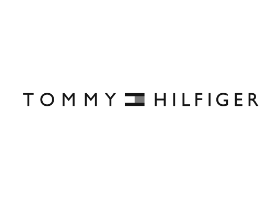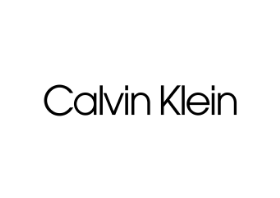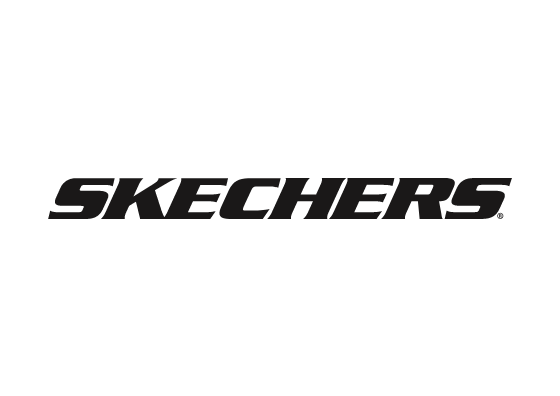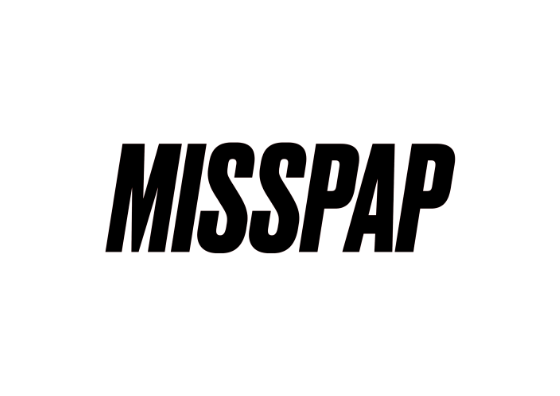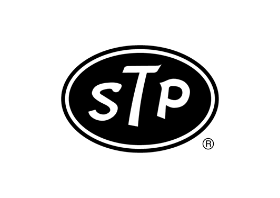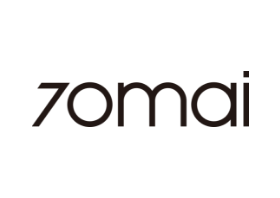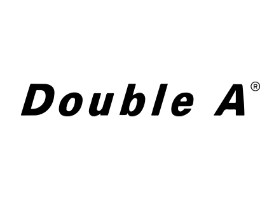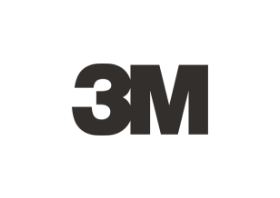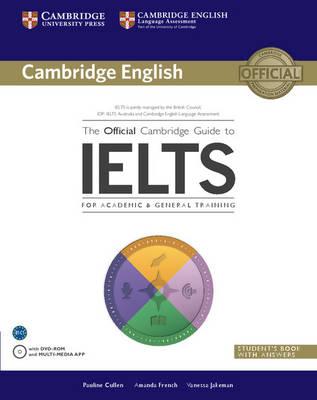Graph and Network Theory: An Applied Approach using Mathematica®
Now:
AED 605.60 Inclusive of VAT
 Free Delivery
Free Delivery Only 2 left in stock
Only 2 left in stock Free Delivery
Free Delivery Only 2 left in stock
Only 2 left in stock
Get it by 15 Dec

Earn AED 30.28 cashback with the Mashreq noon Credit Card. Apply now

Pay 4 interest-free payments of AED 151.40.Learn more

Split in 4 payments of AED 151.40. No interest. No late fees.Learn more




1
Free delivery on Lockers & Pickup Points
Learn more
Enjoy hassle free returns with this offer.

Item as Described
70%
Partner Since
4+ YearsSpecifications
| Publisher | Springer International Publishing AG |
| ISBN 13 | 9783031038563 |
| ISBN 10 | 3031038568 |
| Book Description | This textbook covers a diversity of topics in graph and network theory, both from a theoretical standpoint, and from an applied modelling point of view. Mathematica® is used to demonstrate much of the modelling aspects. Graph theory and model building tools are developed in tandem with effective techniques for solving practical problems via computer implementation. The book is designed with three primary readerships in mind. Individual syllabi or suggested sequences for study are provided for each of three student audiences: mathematics, applied mathematics/operations research, and computer science. In addition to the visual appeal of each page, the text contains an abundance of gems. Most chapters open with real-life problem descriptions which serve as motivation for the theoretical development of the subject matter. Each chapter concludes with three different sets of exercises. The first set of exercises are standard and geared toward the more mathematically inclined reader. Many of these are routine exercises, designed to test understanding of the material in the text, but some are more challenging. The second set of exercises is earmarked for the computer technologically savvy reader and offer computer exercises using Mathematica. The final set consists of larger projects aimed at equipping those readers with backgrounds in the applied sciences to apply the necessary skills learned in the chapter in the context of real-world problem solving. Additionally, each chapter offers biographical notes as well as pictures of graph theorists and mathematicians who have contributed significantly to the development of the results documented in the chapter. These notes are meant to bring the topics covered to life, allowing the reader to associate faces with some of the important discoveries and results presented. In total, approximately 100 biographical notes are presented throughout the book. The material in this book has been organized into three distinct parts, each with a different focus. The first part is devoted to topics in network optimization, with a focus on basic notions in algorithmic complexity and the computation of optimal paths, shortest spanning trees, maximum flows and minimum-cost flows in networks, as well as the solution of network location problems. The second part is devoted to a variety of classical problems in graph theory, including problems related to matchings, edge and vertex traversal, connectivity, planarity, edge and vertex coloring, and orientations of graphs. Finally, the focus in the third part is on modern areas of study in graph theory, covering graph domination, Ramsey theory, extremal graph theory, graph enumeration, and application of the probabilistic method. |
| About the Author | Michael A. Henning is a research professor at the Department of Mathematics and Applied Mathematics, University of Johannesburg. Professor Henning's research interests are in graph theory and hypergraph theory. His favourite research topics are in domination theory in graphs and transversals in hypergraphs. Additionally, Michael Henning has coauthored Total Domination in Graphs (SMM), Tranversals in Linear Uniform Hypergraphs (DEVM 63), From Domination to Coloring (SBM), and has coedited several volumes published with Springer.Jan H. van Vuuren is a professor of operations research at the Department of Industrial Engineering, Stellenbosch University. His research interests include combinatorial optimization over graphs, graph Ramsey theory, graph colouring problems, graph routing problems, and graph domination theory. |
| Language | English |
| Author | Michael A. Henning |
| Number of Pages | 766 pages |
Graph and Network Theory: An Applied Approach using Mathematica®
Added to cart
Cart Total AED 605.60


















